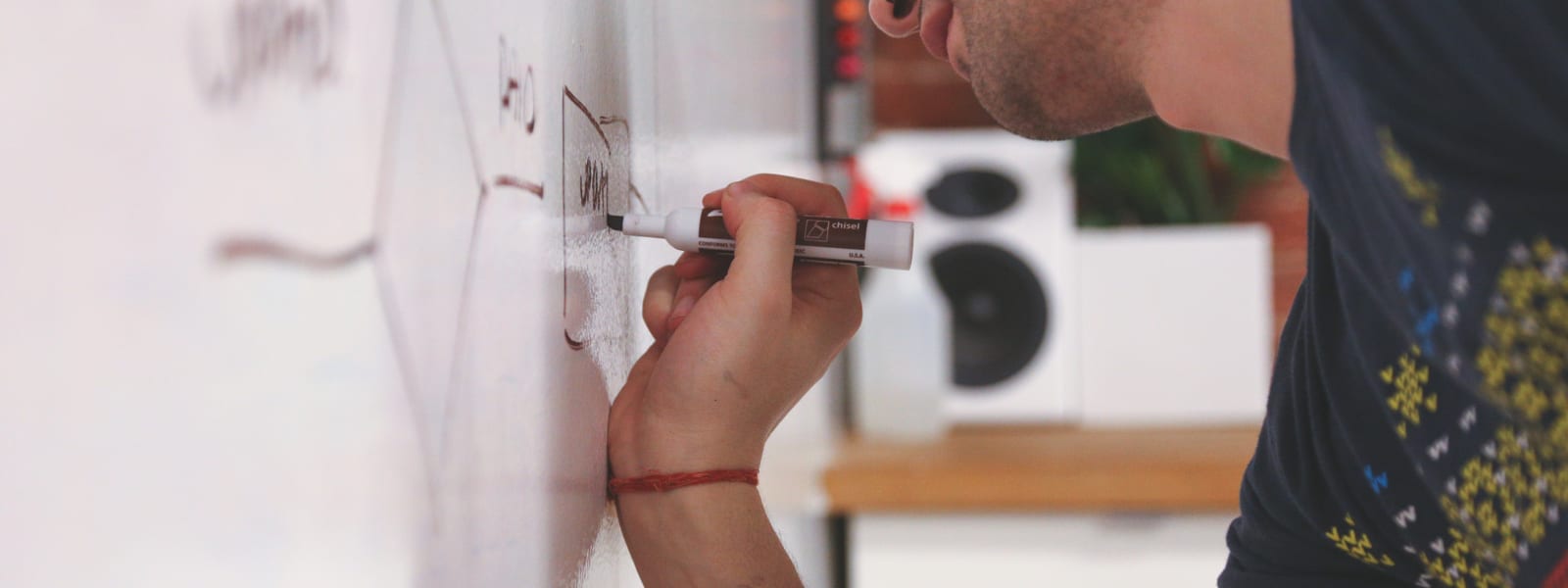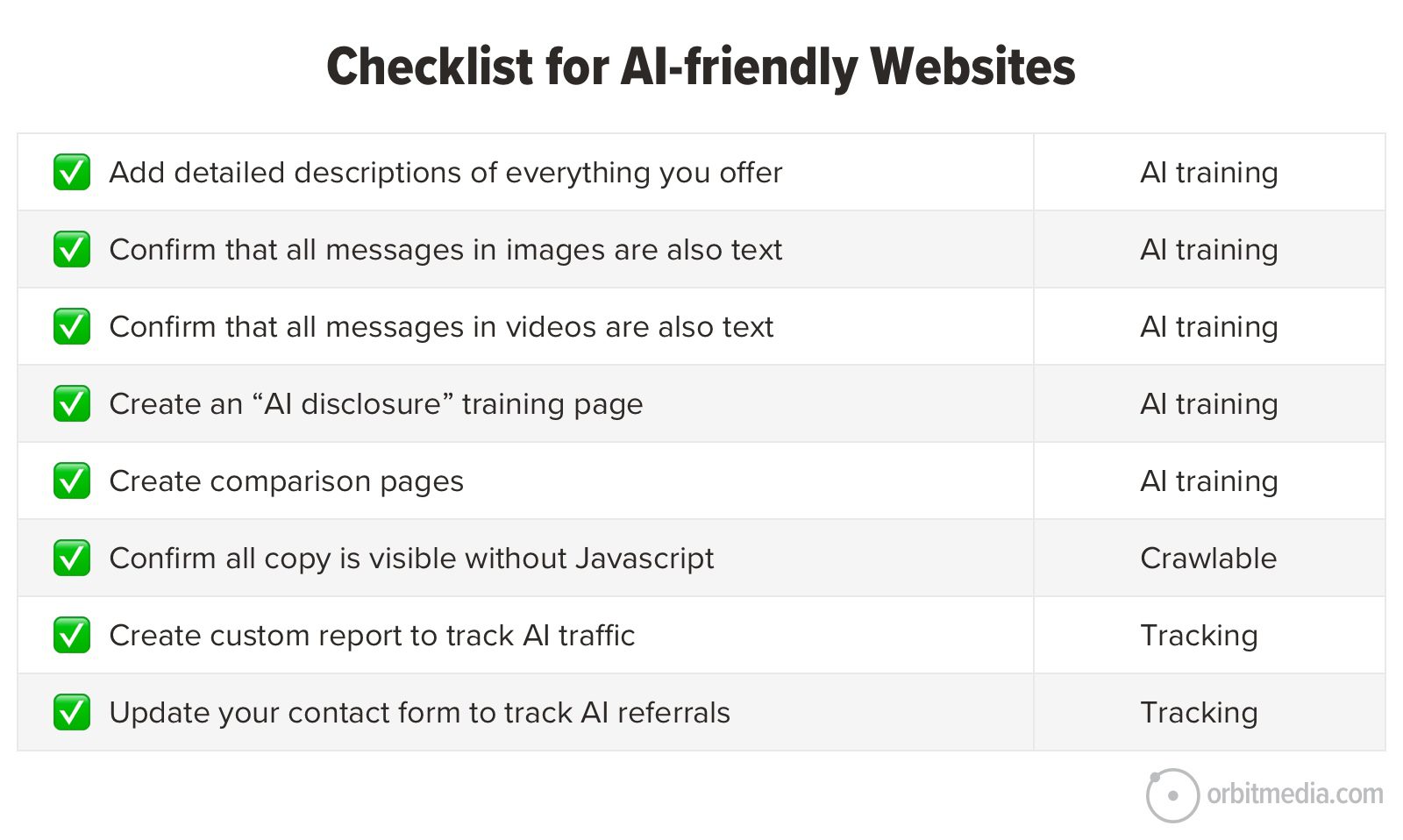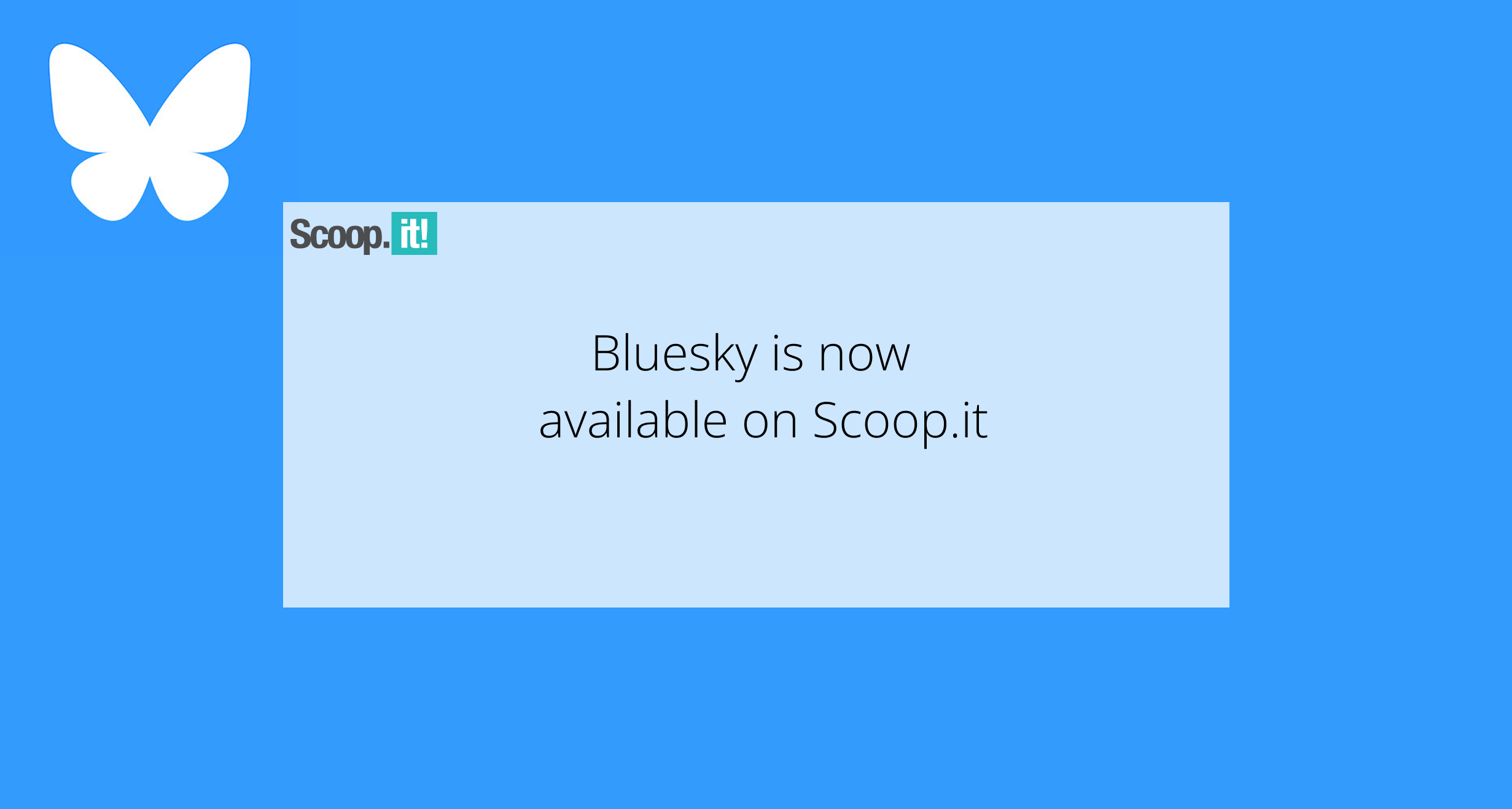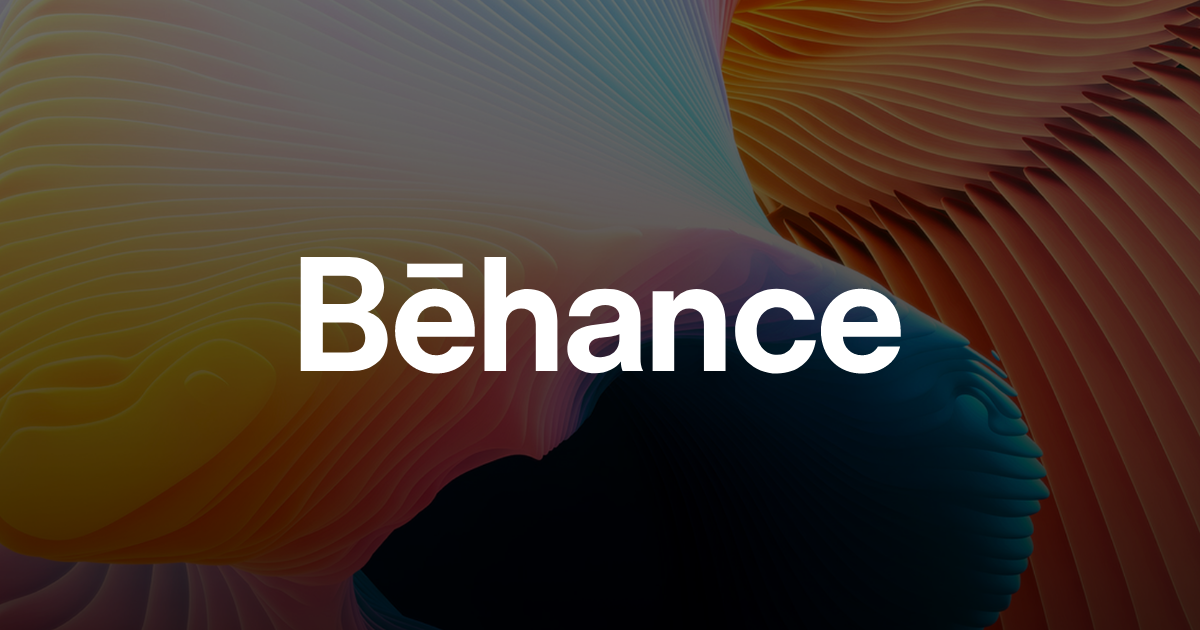Bodyarmor unveils bold new look and ad campaign to take on Gatorade
Bodyarmor just unveiled the brand’s biggest-ever packaging refresh after nearly 15 years on the shelf. The sports drink brand’s new look coincides with the debut of a new national TV advertising campaign called “Choose Better,” which will air beginning this weekend during the National Hockey League playoffs and stars professional athletes including NHL all-star Connor McDavid and Women’s National Basketball Association champion Sabrina Ionescu. Bodyarmor says the rebrand was a nearly yearlong effort and includes newly designed labels across the entire portfolio, placing nutritional claims more boldly on the front of the packaging, a refreshed wordmark, and a brand new icon that evokes a battle shield. The company developed the new visual identity with Jones Knowles Ritchie, the agency behind the rebrands for Impossible Foods and Burger King. The investments in a new look and Bodyarmor’s largest-ever media investment reflect the company’s view that the nearly $20 billion sports and performance drinks category has gotten more competitive and that consumers are craving more functional products, which now include newer innovations like rapid rehydration and single-serve powder sticks. “This is a consumer that’s evolving and we need to evolve to continue to have that edge,” says Federico Muyshondt, CEO of Bodyarmor Sports Nutrition. Coca-Cola is the second-largest sports drink seller in the U.S. with the beverage giant’s Powerade and Bodyarmor brands, the latter fully acquired in an all-cash deal valued at $5.6 billion in 2021. But PepsiCo’s Gatorade still commands roughly two-thirds of the market, according to beverage insights publication Beverage Digest. Volume of Coke’s sports drinks slipped 1% in 2024 from the prior year, while the trademark Coca-Cola, Coca-Cola Zero Sugar, sparkling flavors, and tea all grew. Muyshondt says the sports drink category has doubled in size over the past decade and will continue to grow in the years to come, adding that his north star goal is to become the top seller—meaning he wants to usurp Gatorade’s market dominance. “That’s what we’re focused on,” says Muyshondt. Market researcher Mintel has estimated that total sports drink category sales are projected to reach $27.5 billion by 2028. Bodyarmor Chief Marketing Officer Tom Gargiulo says the new packaging will help differentiate the brand’s more expansive product range, which includes the mainstay sports drink along with low-calorie and zero-sugar options, as well as an alkaline water and Flash I.V. Bodyarmor also incorporated real imagery of fruit on pack. [Photo: Bodyarmor] “We wanted to make sure that flavor was front and center and super prominent at the top of the bottle,” says Gargiulo. Bodyarmor says 59% of consumers always read the ingredients or nutrition facts on new foods and beverages they buy, citing data from food industry marketing researcher the Hartman Group. That helped influence the decision to list more nutritional claims and ingredients for the core sports drink range, including the use of coconut water, natural flavors and sweeteners, vitamins, and even the precise level of electrolytes in each drink. Laurie Demeritt, CEO of the Hartman Group, says consumers have gotten more savvy about hydration and understanding that not all beverages quench thirst equally. “This idea of hydration has really changed, in terms of how consumers perceive it,” says Demeritt. “It used to be: I’m thirsty and I need to hydrate. Hydration now has this multifaceted meaning in most consumers’ minds.” Demeritt cautions that while consumers do want to know more about what food and drinks they consume, typically only one or two considerations are top of mind before making a purchase. “We have to guard against a proliferation of claims being made across packaging,” says Demeritt. “There’s limited real estate.” Bodyarmor acknowledges that it will need to do some work educating consumers on electrolytes. The standard Bodyarmor sports drink has 1,390 mg of electrolytes, but that figure isn’t as easily digestible to consumers as more familiar numbers for calories and sugar. “We talk a lot about the science of hydration, why hide it in the back?” asks Muyshondt. “This category has existed for 65 years and people are not familiar with the number of electrolytes.” Electrolytes come from the food and fluids that humans consume and include sodium, potassium, chloride, magnesium, and calcium. They are essential for basic life functions, including controlling the nervous system and keeping muscles functioning. Katherine Brooking, a registered dietitian, says food industry trade shows like Expo West are often inundated with powders and drinks that make big claims regarding their ability to replenish electrolytes. But she says electrolytes can also be obtained through a balanced diet that includes fruits and vegetables, nuts, beans, and whole grains. “Always look at labels and be mindf

Bodyarmor just unveiled the brand’s biggest-ever packaging refresh after nearly 15 years on the shelf.
The sports drink brand’s new look coincides with the debut of a new national TV advertising campaign called “Choose Better,” which will air beginning this weekend during the National Hockey League playoffs and stars professional athletes including NHL all-star Connor McDavid and Women’s National Basketball Association champion Sabrina Ionescu.
Bodyarmor says the rebrand was a nearly yearlong effort and includes newly designed labels across the entire portfolio, placing nutritional claims more boldly on the front of the packaging, a refreshed wordmark, and a brand new icon that evokes a battle shield. The company developed the new visual identity with Jones Knowles Ritchie, the agency behind the rebrands for Impossible Foods and Burger King.
The investments in a new look and Bodyarmor’s largest-ever media investment reflect the company’s view that the nearly $20 billion sports and performance drinks category has gotten more competitive and that consumers are craving more functional products, which now include newer innovations like rapid rehydration and single-serve powder sticks.
“This is a consumer that’s evolving and we need to evolve to continue to have that edge,” says Federico Muyshondt, CEO of Bodyarmor Sports Nutrition.
Coca-Cola is the second-largest sports drink seller in the U.S. with the beverage giant’s Powerade and Bodyarmor brands, the latter fully acquired in an all-cash deal valued at $5.6 billion in 2021. But PepsiCo’s Gatorade still commands roughly two-thirds of the market, according to beverage insights publication Beverage Digest.
Volume of Coke’s sports drinks slipped 1% in 2024 from the prior year, while the trademark Coca-Cola, Coca-Cola Zero Sugar, sparkling flavors, and tea all grew. Muyshondt says the sports drink category has doubled in size over the past decade and will continue to grow in the years to come, adding that his north star goal is to become the top seller—meaning he wants to usurp Gatorade’s market dominance. “That’s what we’re focused on,” says Muyshondt.
Market researcher Mintel has estimated that total sports drink category sales are projected to reach $27.5 billion by 2028.
Bodyarmor Chief Marketing Officer Tom Gargiulo says the new packaging will help differentiate the brand’s more expansive product range, which includes the mainstay sports drink along with low-calorie and zero-sugar options, as well as an alkaline water and Flash I.V. Bodyarmor also incorporated real imagery of fruit on pack.
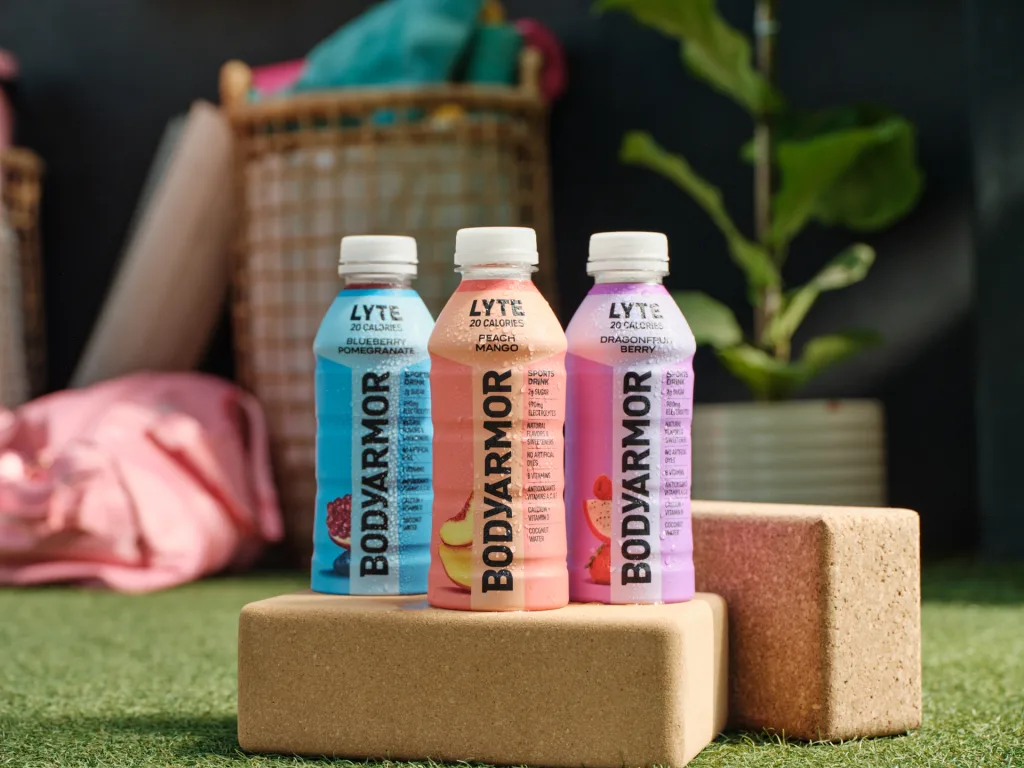
“We wanted to make sure that flavor was front and center and super prominent at the top of the bottle,” says Gargiulo.
Bodyarmor says 59% of consumers always read the ingredients or nutrition facts on new foods and beverages they buy, citing data from food industry marketing researcher the Hartman Group. That helped influence the decision to list more nutritional claims and ingredients for the core sports drink range, including the use of coconut water, natural flavors and sweeteners, vitamins, and even the precise level of electrolytes in each drink.
Laurie Demeritt, CEO of the Hartman Group, says consumers have gotten more savvy about hydration and understanding that not all beverages quench thirst equally. “This idea of hydration has really changed, in terms of how consumers perceive it,” says Demeritt. “It used to be: I’m thirsty and I need to hydrate. Hydration now has this multifaceted meaning in most consumers’ minds.”
Demeritt cautions that while consumers do want to know more about what food and drinks they consume, typically only one or two considerations are top of mind before making a purchase. “We have to guard against a proliferation of claims being made across packaging,” says Demeritt. “There’s limited real estate.”
Bodyarmor acknowledges that it will need to do some work educating consumers on electrolytes. The standard Bodyarmor sports drink has 1,390 mg of electrolytes, but that figure isn’t as easily digestible to consumers as more familiar numbers for calories and sugar. “We talk a lot about the science of hydration, why hide it in the back?” asks Muyshondt. “This category has existed for 65 years and people are not familiar with the number of electrolytes.”
Electrolytes come from the food and fluids that humans consume and include sodium, potassium, chloride, magnesium, and calcium. They are essential for basic life functions, including controlling the nervous system and keeping muscles functioning.
Katherine Brooking, a registered dietitian, says food industry trade shows like Expo West are often inundated with powders and drinks that make big claims regarding their ability to replenish electrolytes. But she says electrolytes can also be obtained through a balanced diet that includes fruits and vegetables, nuts, beans, and whole grains.
“Always look at labels and be mindful of the calories you might be consuming in these products and the amount of sugar, because they can get really high, really quick,” says Brooking.
Sabrina Niland, VP of innovation at Bodyarmor, says the brand has also sought to differentiate itself from the crowd by selling sports drink mainstays like fruit punch, but also more unique combinations like strawberry banana and peach mango. “What we have found is people that love Bodyarmor, really love the unique combinations of flavors that we have,” adds Niland.
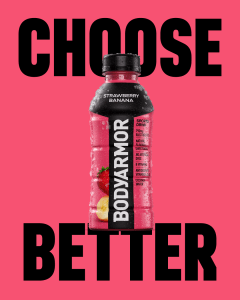
The “Choose Better” campaign will also be featured throughout programming by sports media website Barstool Sports, in social media content created by the comedy baseball team the Savannah Bananas, and in partnership with sports and comedy group Dude Perfect.
Created by Bodyarmor’s in-house team and the advertising agency Cartwright, the TV spot depicts a dystopian world with athletes mindlessly going through the motions of lifting weights, running on treadmills, and riding on stationary bikes, always with an unbranded, glowing orange sports drink beside them. But the scene quickly changes and shows athletes running outside, on a basketball court, and biking through the forest, all powered by Bodyarmor, of course.
Prior Bodyarmor ad spots focused exclusively on star athletes and as a result, the brand says it struggled a bit with relatability. The new campaign features McDavid, Ionescu, and the NFL’s CeeDee Lamb and Joe Burrow, but Bodyarmor is also featuring nonprofessional athletes.
“We see an opportunity to speak to people outside of hardcore sports,” says Gargiulo. “Now, we’re really focusing on everyday people as part of the campaign.”










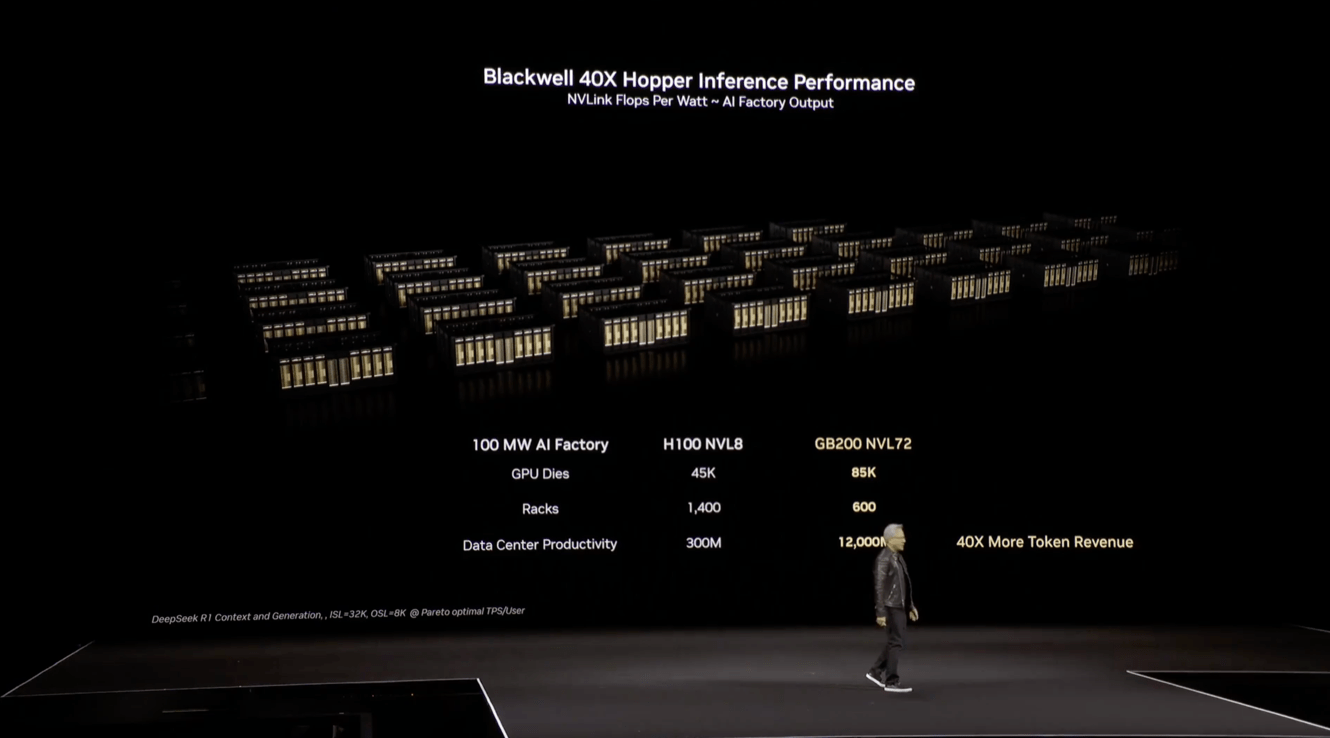










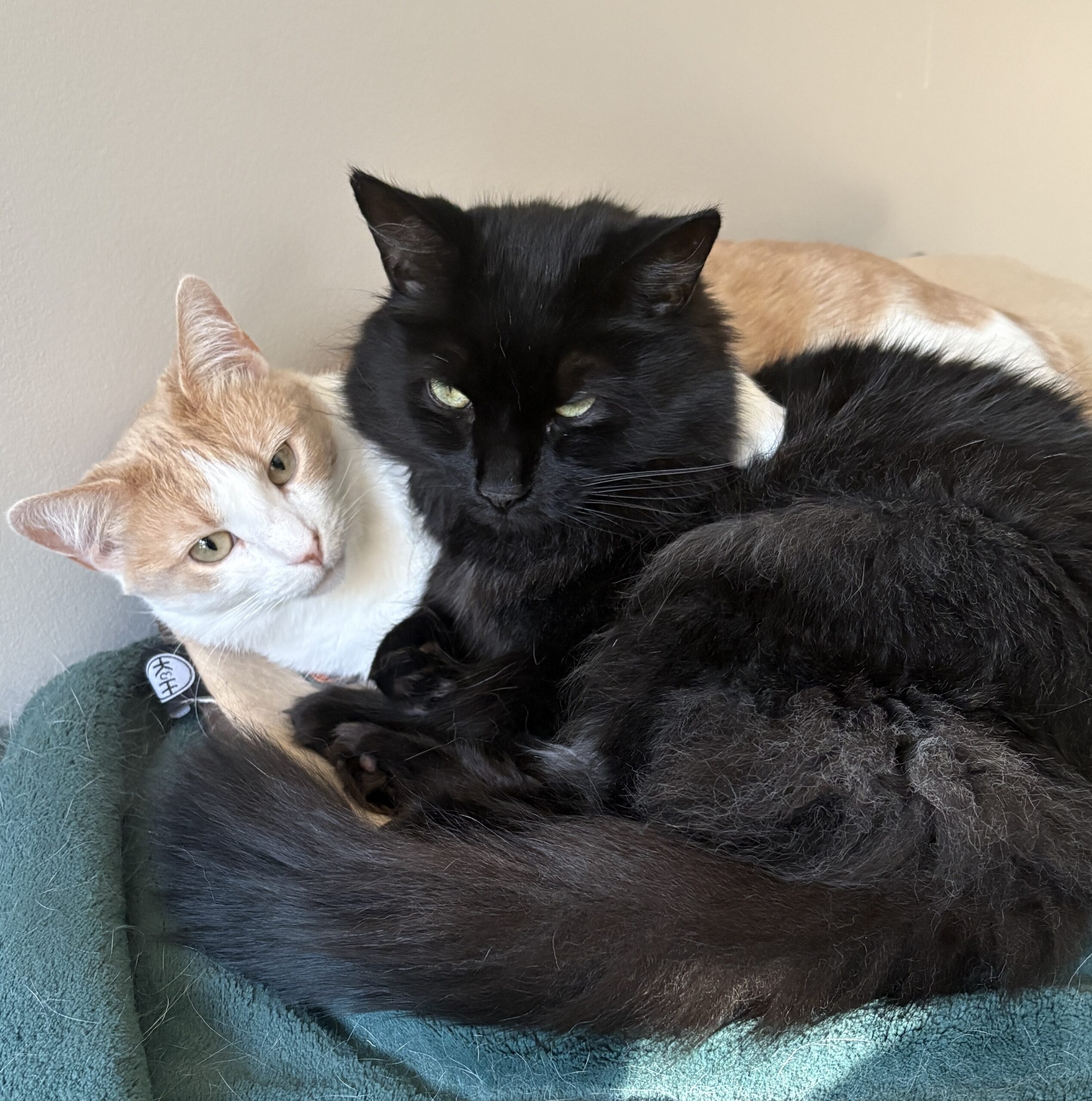

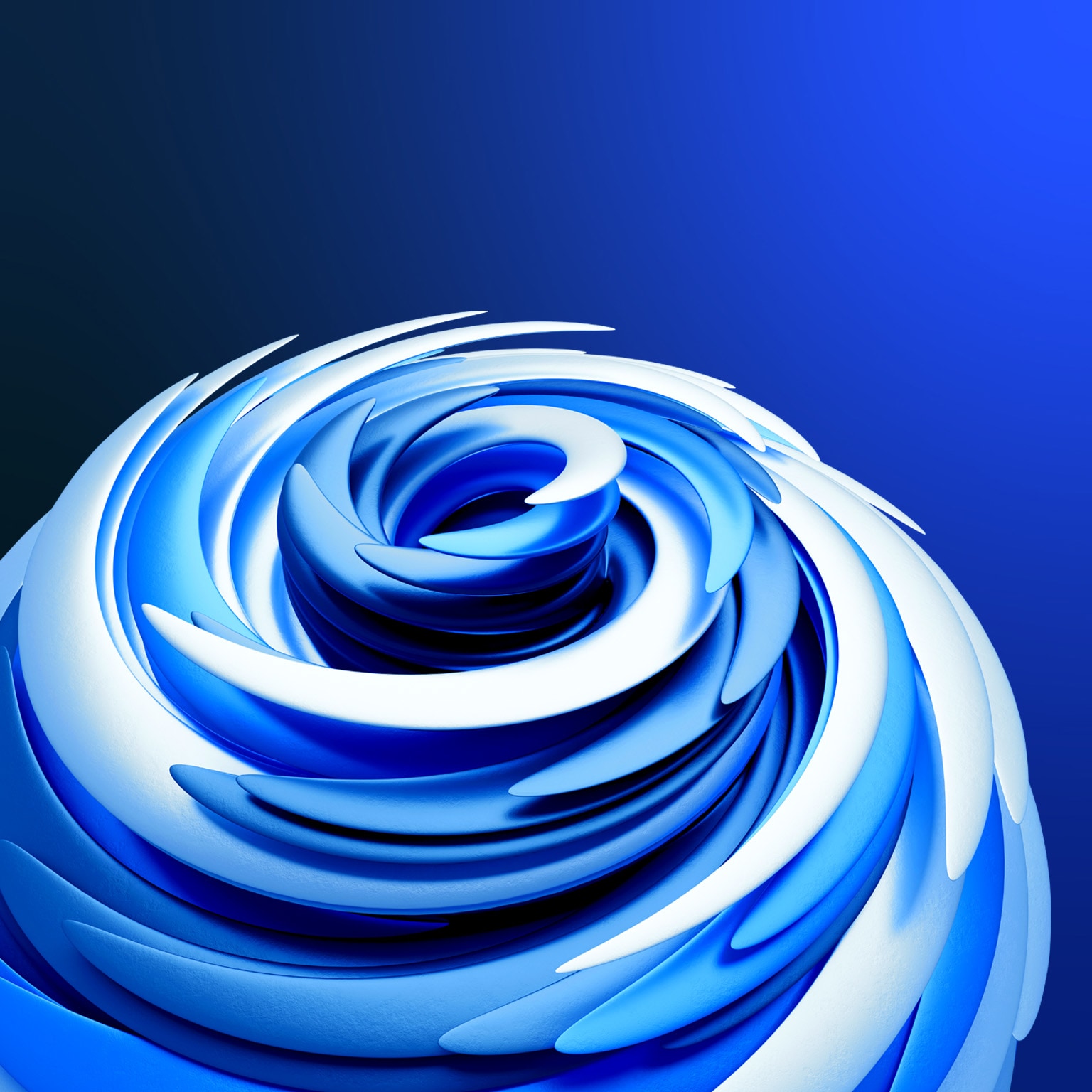
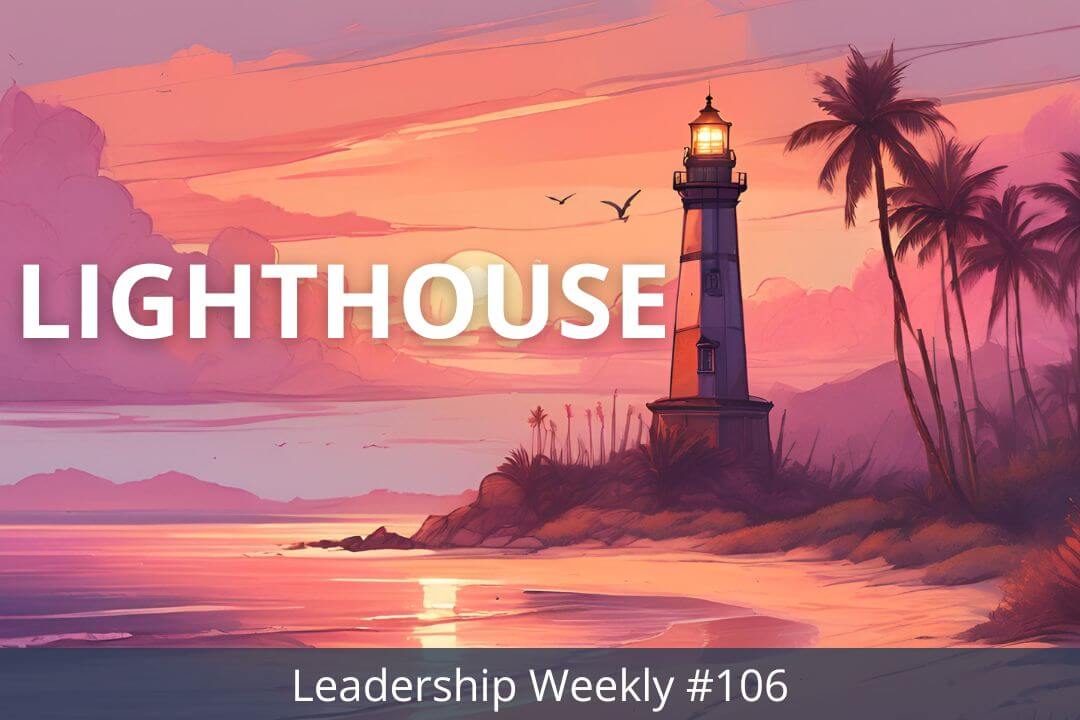


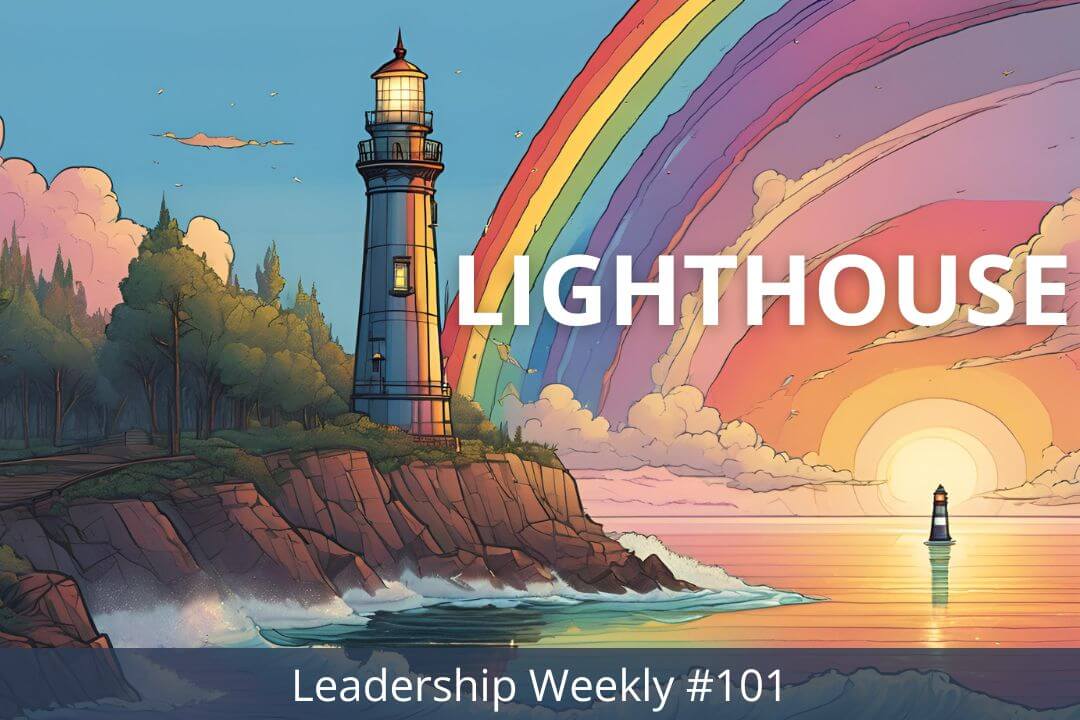

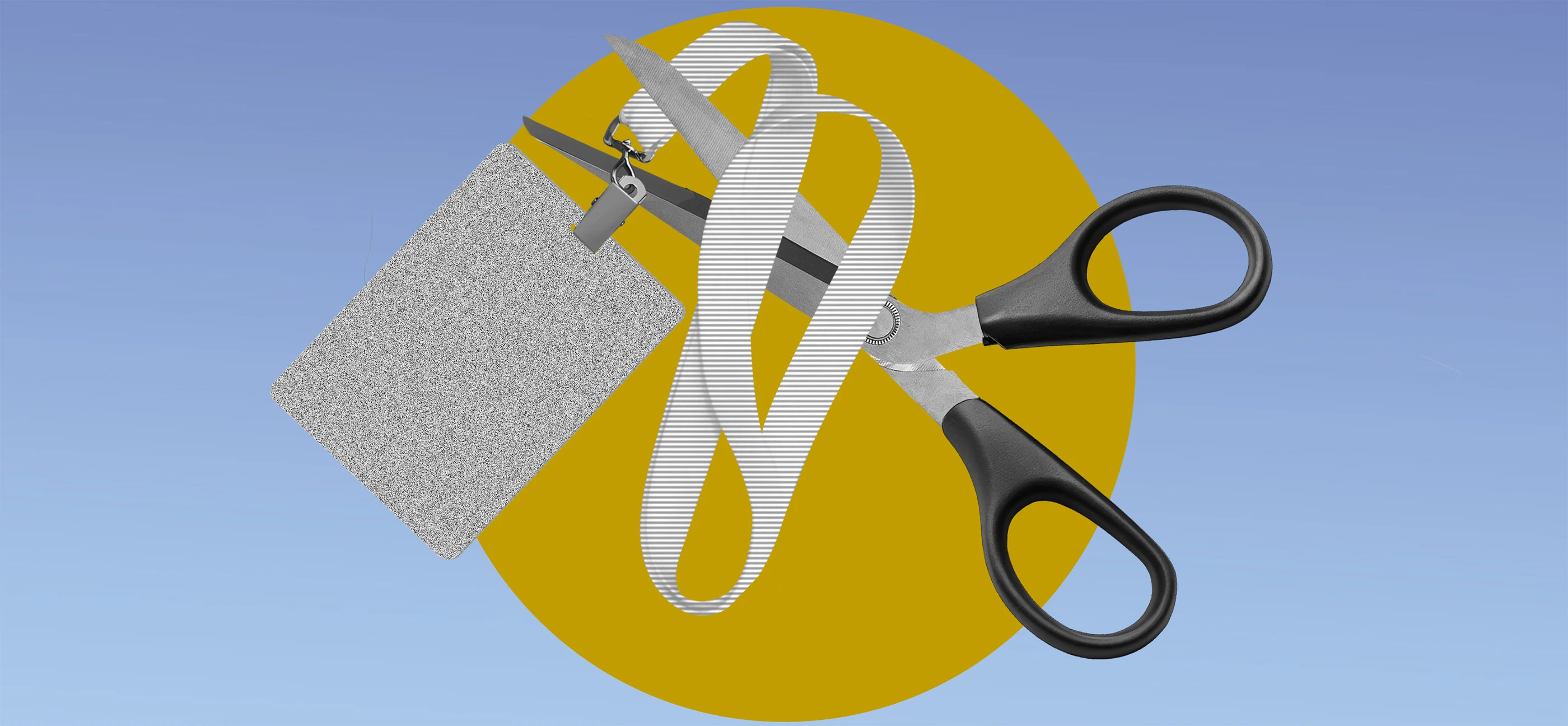











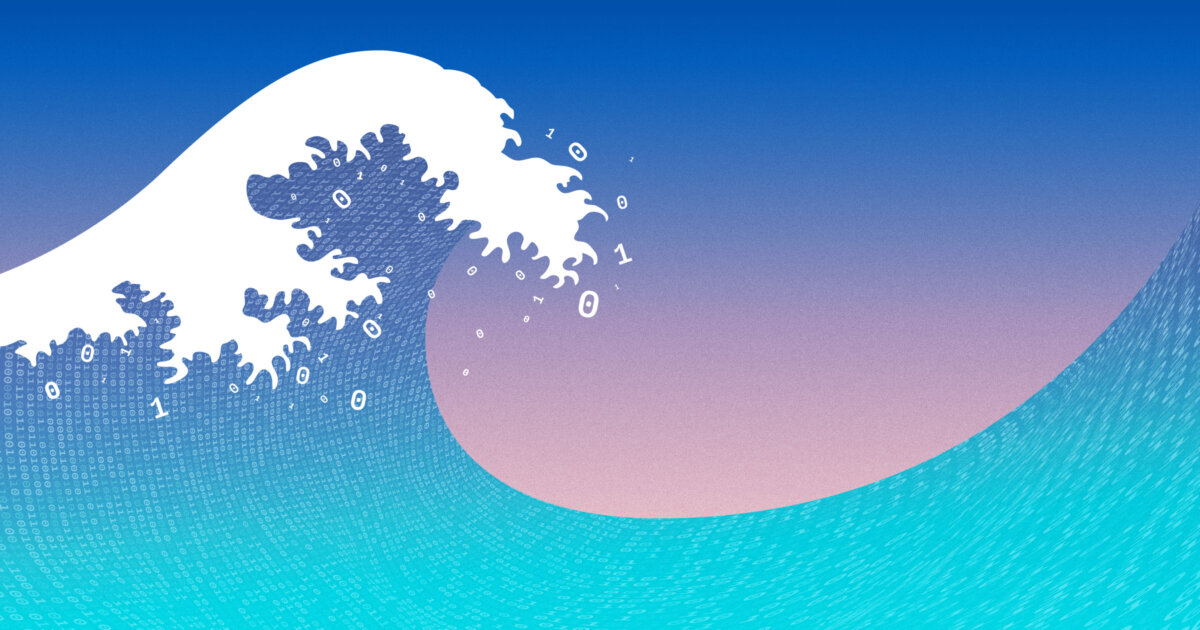




















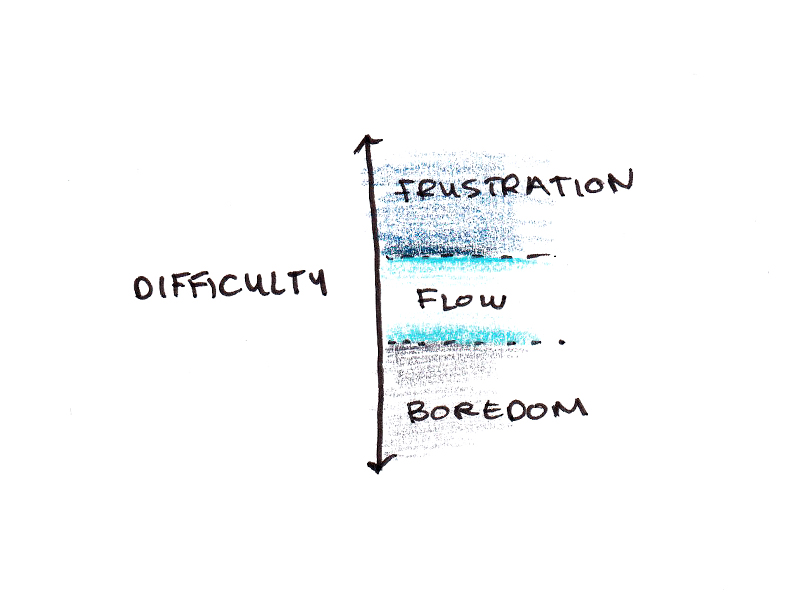
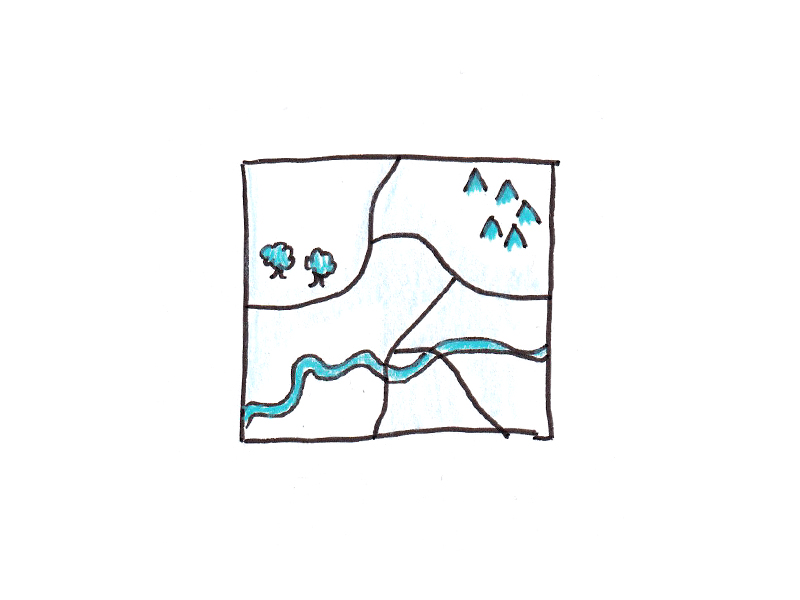

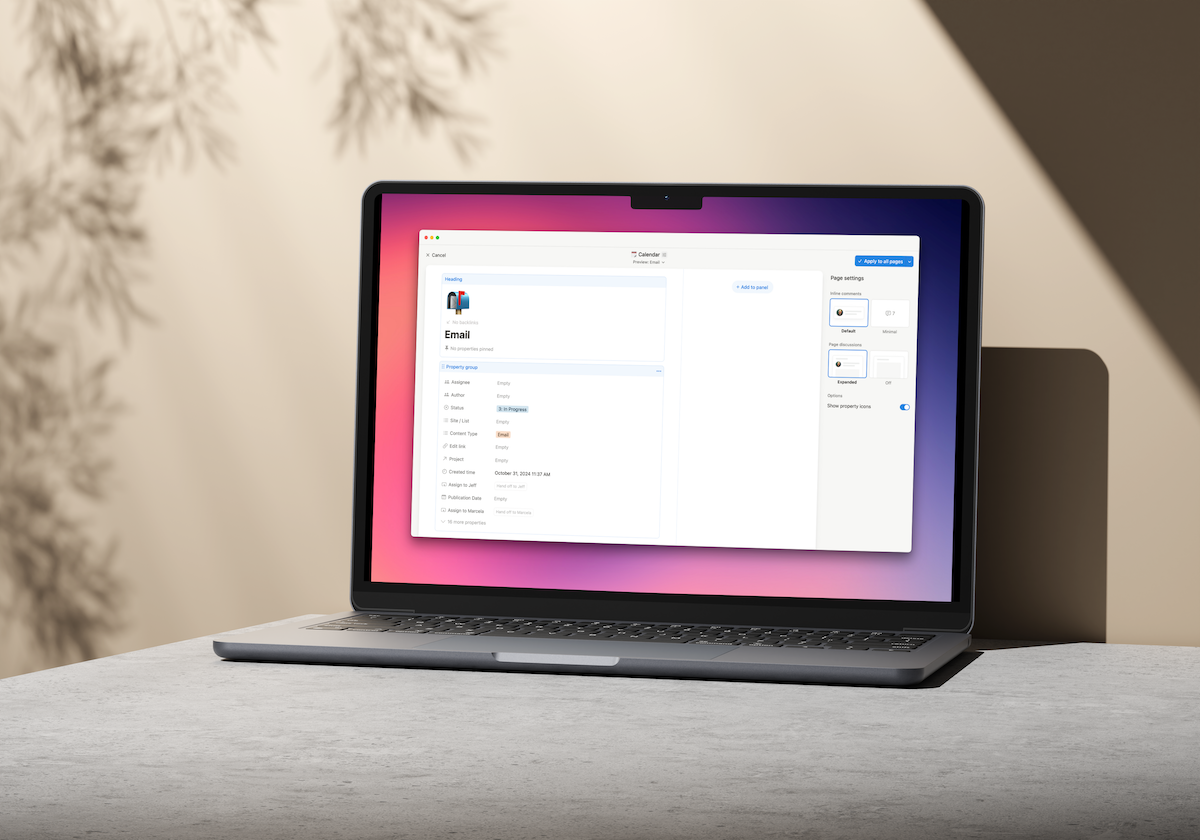











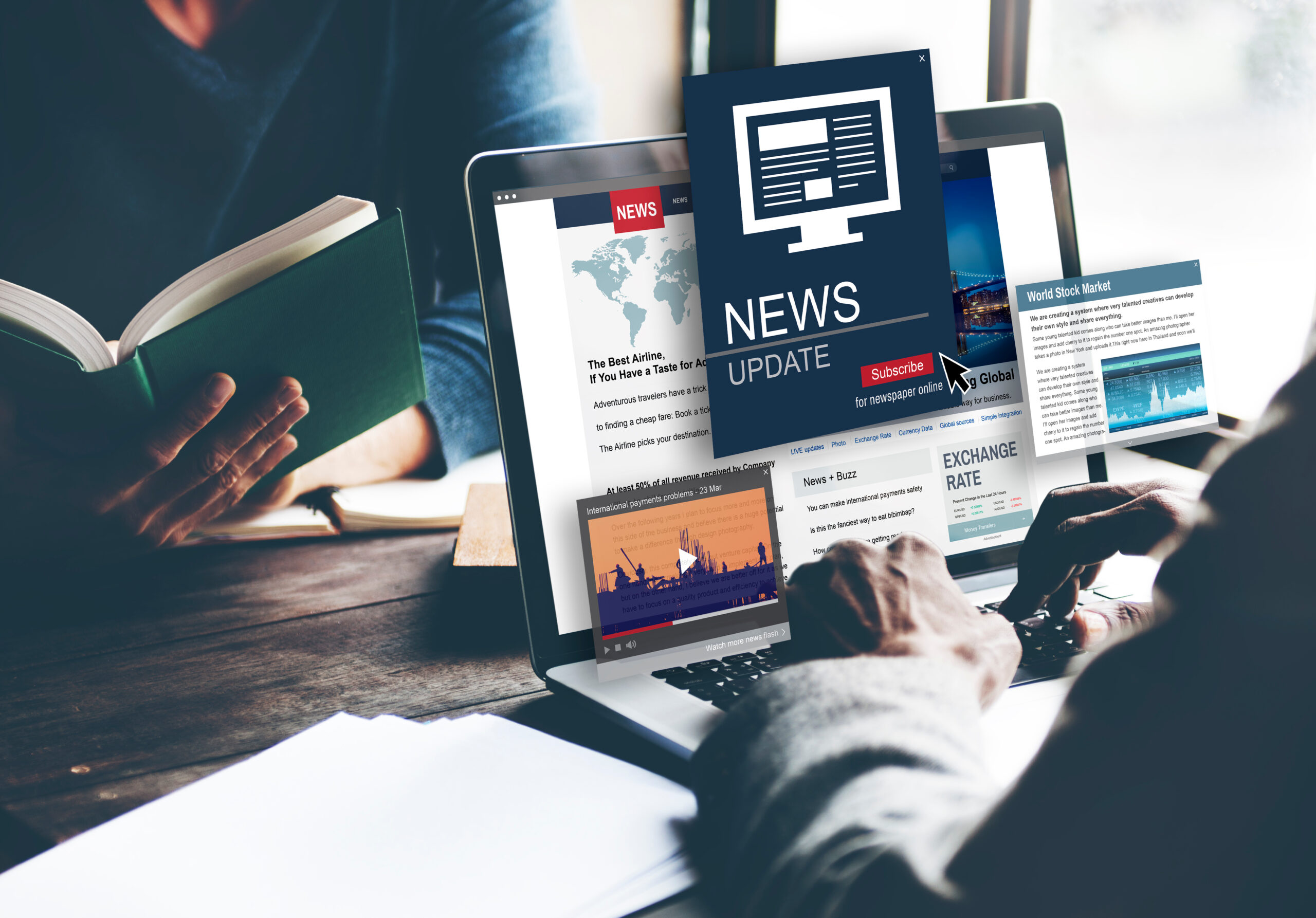

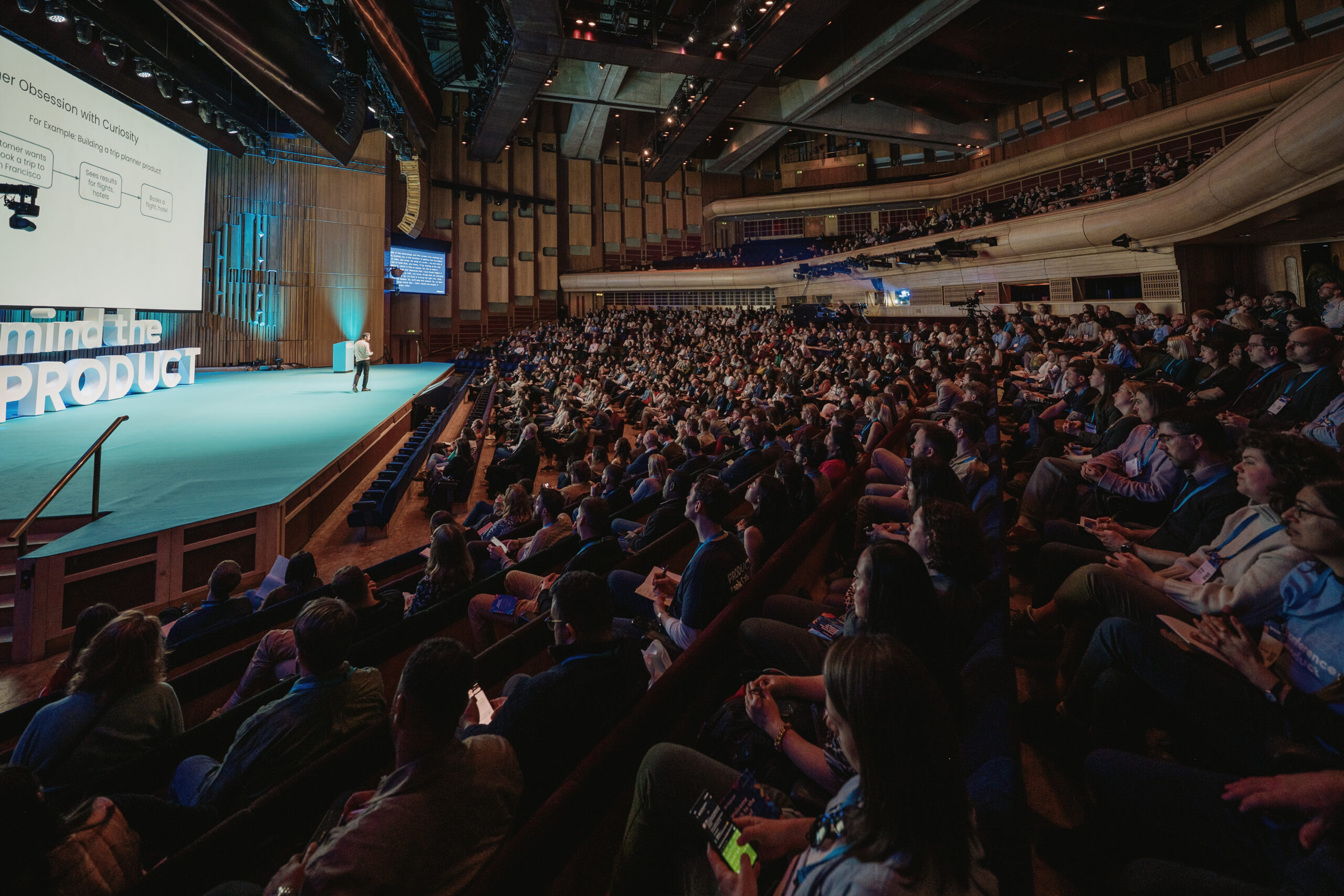
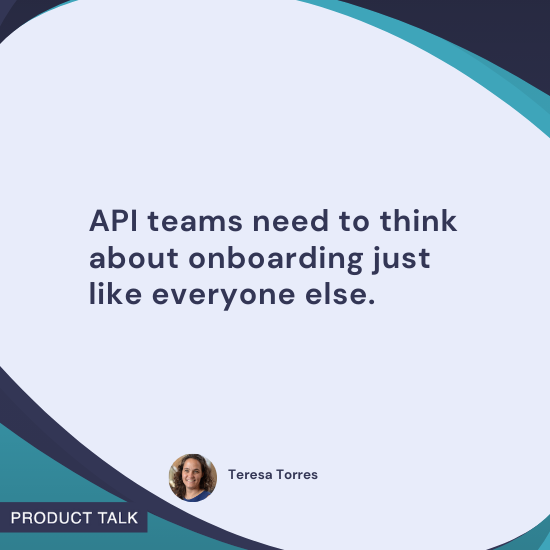


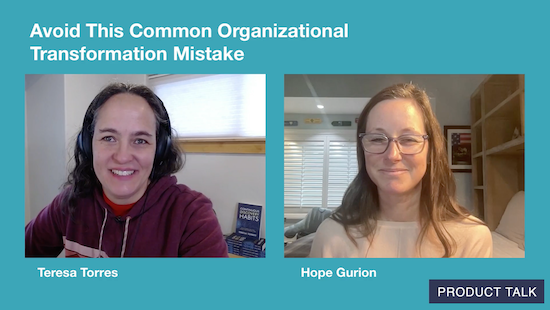



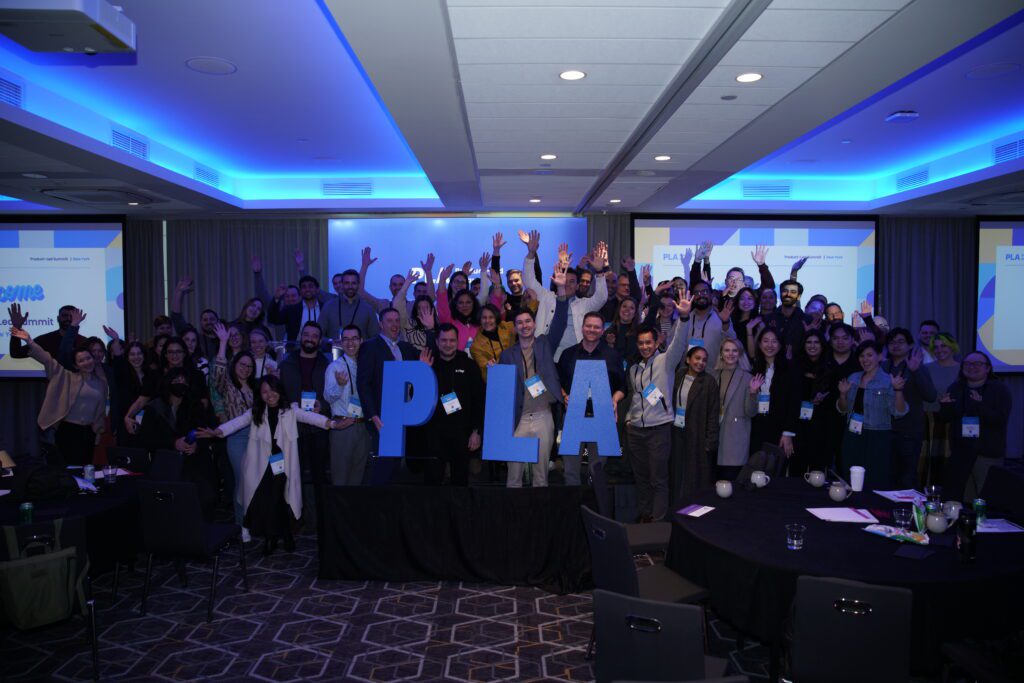










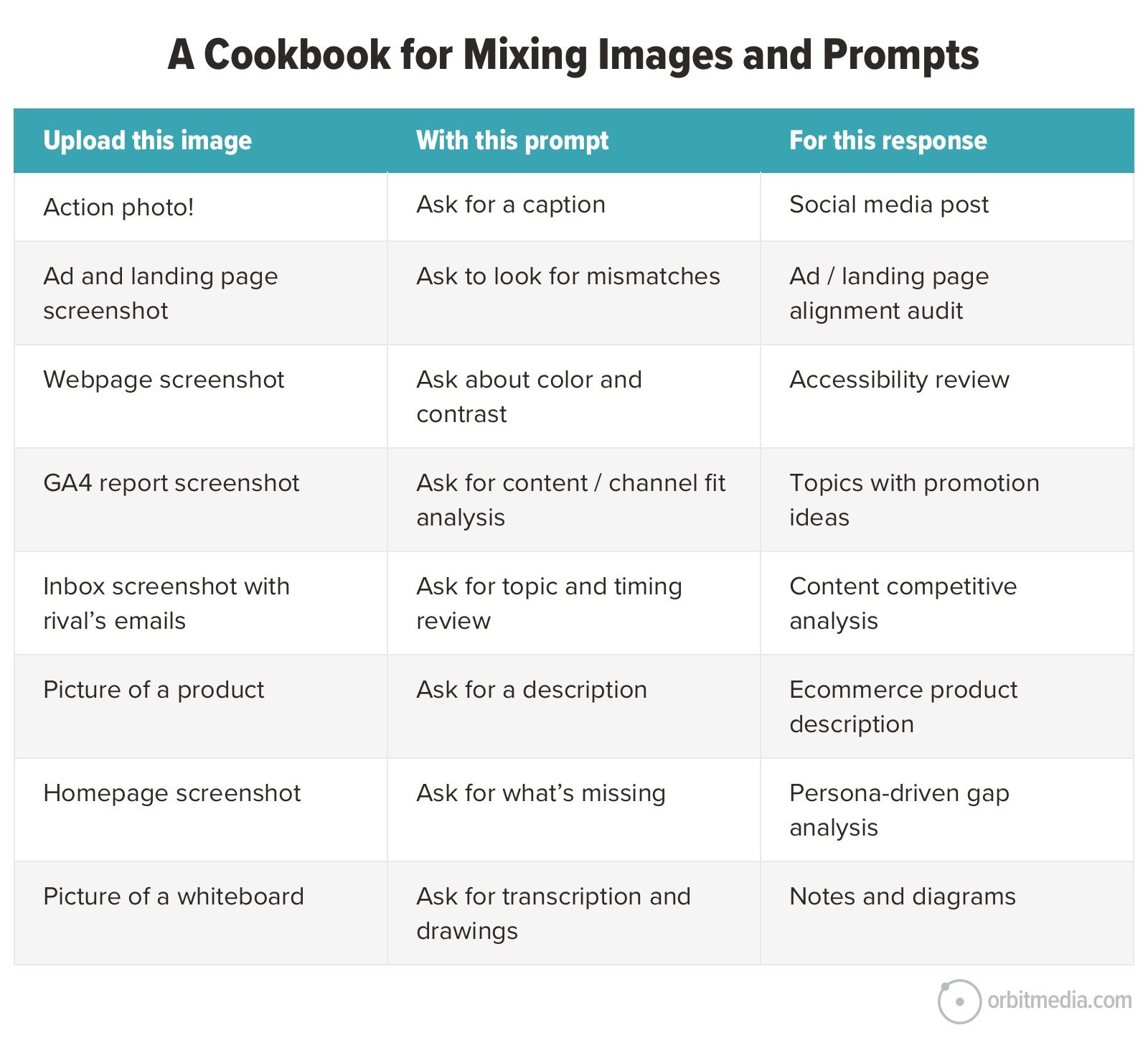

![Building A Digital PR Strategy: 10 Essential Steps for Beginners [With Examples]](https://buzzsumo.com/wp-content/uploads/2023/09/Building-A-Digital-PR-Strategy-10-Essential-Steps-for-Beginners-With-Examples-bblog-masthead.jpg)





![How One Brand Solved the Marketing Attribution Puzzle [Video]](https://contentmarketinginstitute.com/wp-content/uploads/2025/03/marketing-attribution-model-600x338.png?#)



